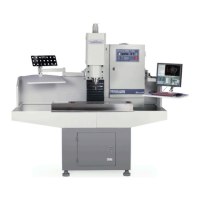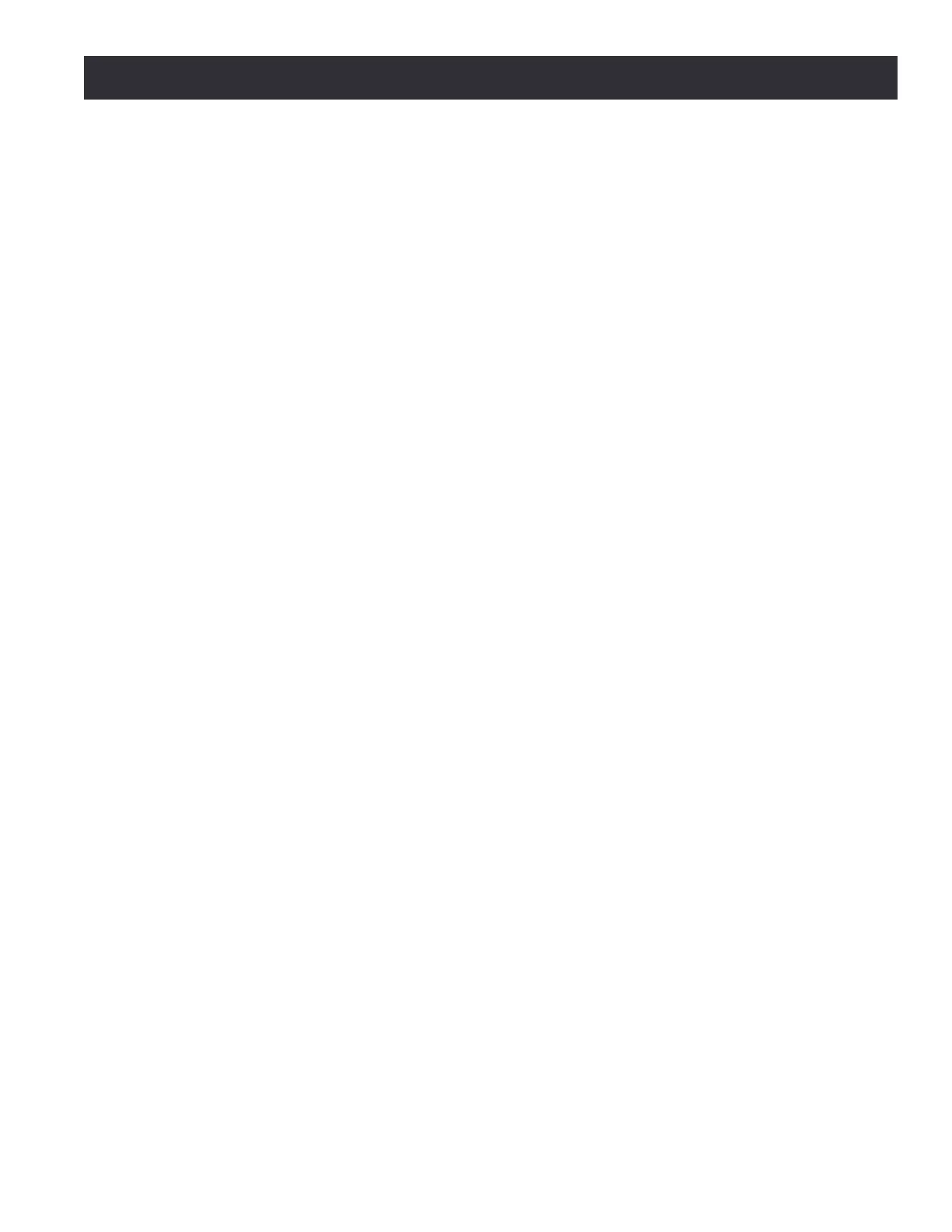Chapter 7
91
UM10349_PCNC1100_Manual_0916A
Programming
The following rules are used for explicit numbers. In these rules a digit is a single character between
0 and 9.
• A number consists of the following, in order: (1) an oponal plus or minus sign, followed by
(2) zero to many digits, followed, possibly, by (3) one decimal point, followed by (4) zero to
many digits.
• There must be at least one digit somewhere in the number.
• There are two kinds of numbers: integers and decimals. An integer does not have a decimal
point in it; a decimal does.
• Numbers may have any number of digits, subject to line length limitaons. PathPilot only
retains 17 signicant gures. This is enough for all known applicaons.
• A non-zero number with no sign as the rst character is assumed to be posive.
Inial zeros (before the decimal point and the rst non-zero digit) and trailing zeros (aer the
decimal point and the last non-zero digit) are allowed but not required. A number wrien with
inial or trailing zeros has the same value when it is read as if the extra zeros were not there.
Numbers used for specic purposes by the operang system are oen restricted to some nite set
of values or some to some range of values. In many uses, decimal numbers must be close enough to
an integer to be accepted as input. A decimal number which is supposed to be close to an integer is
considered close enough if it is within 0.0001 of an integer.
7.3 Formatting G-code Blocks
A permissible block of input code consists of the following programming elements, in order, with
the restricon that there is a maximum (currently 256) to the number of characters allowed on a
line:
• Oponal block delete character (/)
• Oponal line number
• Any number of words, parameter sengs, and comments
• End of line marker (carriage return or line break)
Any input not explicitly allowed is illegal and causes the interpreter to signal an error or to ignore
the line.
Programs are limited to 999,999 lines of code.

